7 Tips to Know Before Buying Artificial Potted Plants
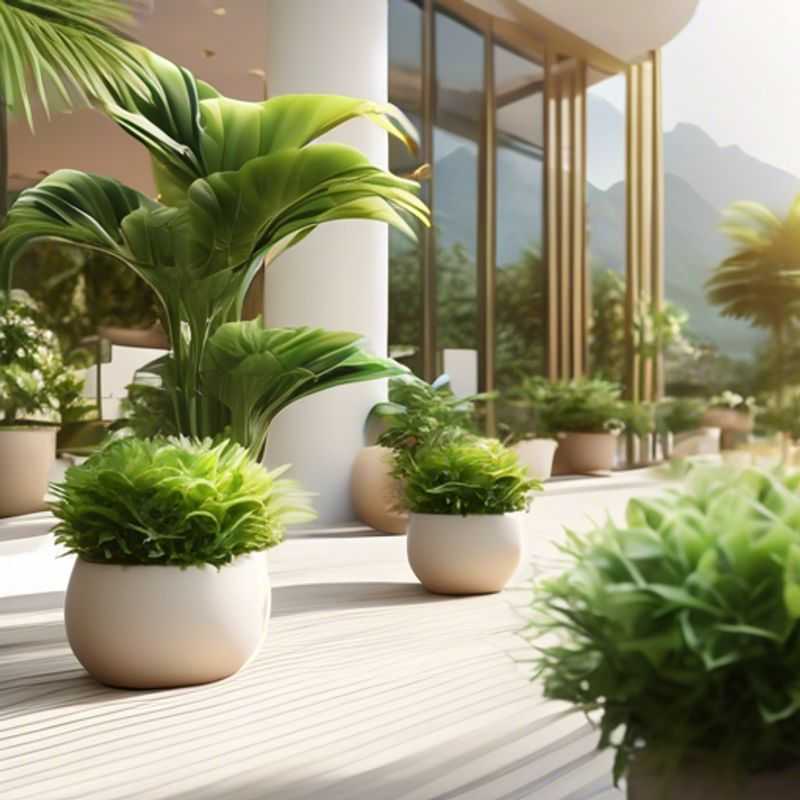
7 Essential Tips for Choosing Artificial Potted Plants: Measure, Check Material Quality, Inspect for Defects, Consider Maintenance, Look for Adjustable Stems, Choose a Complementary Pot, and Opt for Variety
Ready to add some greenery to your home without the hassle of watering and sunlight? Artificial plants are a great way to bring life and beauty to any space. However, before you make a purchase, there are some crucial things to consider to ensure you get the perfect plant for your needs. Here are 7 top tips to guide you:
1. Measure the space:

Measure Twice, Plant Once: Ensuring Your Artificial Greenery Fits Perfectly
Before bringing home your new artificial plant, take a moment to measure the space where you plan to place it. This simple step ensures a perfect fit and prevents any awkward adjustments later. Measure the width, depth, and height of the area. Consider any potential obstacles, like furniture or doorways, and make sure the plant can be easily maneuvered into its final spot.
If you’re placing the plant in a shelf or on a table, make sure its dimensions allow for enough space for the plant's base and foliage. Ensure there's enough clearance for the plant to sit comfortably without being crowded or feeling cramped.
For larger plants, you might need to use a measuring tape to accurately gauge their size. Take note of the overall dimensions, including the pot and the spread of the leaves or branches. This will help you visualize the plant's presence in the space and determine if it will look balanced and proportionate.
Consider the visual impact as well. Imagine how the plant will look in the space. Will it be too large or small? Will it block any views or create a sense of clutter? Taking a moment to visualize the plant in its intended spot before bringing it home will save you from any unnecessary adjustments or returns.
Measuring the space may seem like a small step, but it can save you a lot of hassle and ensure your new artificial plant looks its best. Remember to consider both the physical dimensions of the plant and the visual impact for a truly successful placement.
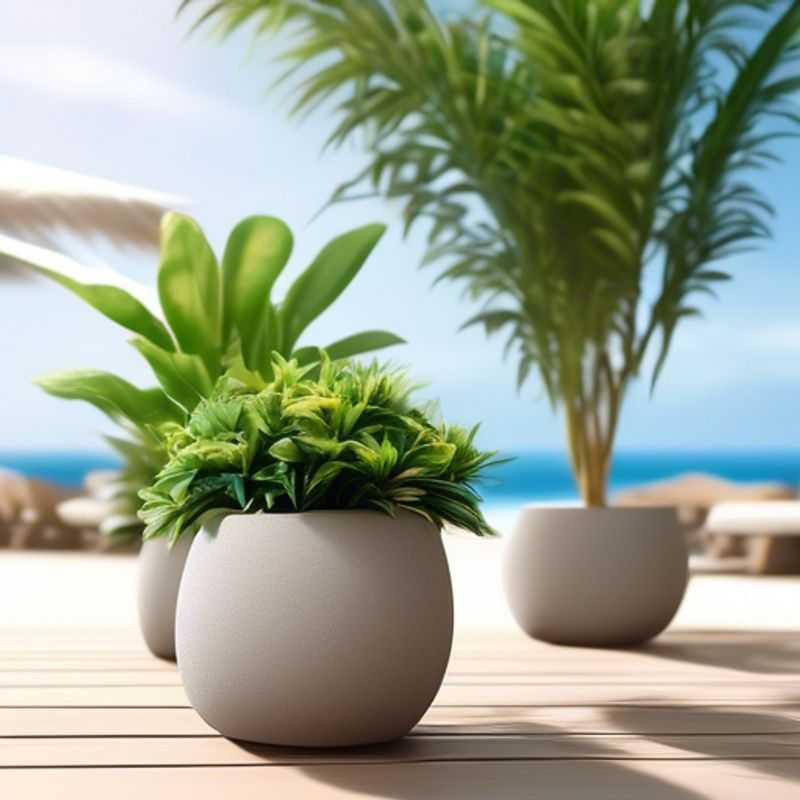
Checking Material Quality: How to Spot Realism in Products
Making sure materials look realistic is crucial for many applications. This involves assessing the material's quality and ensuring it visually aligns with expectations. While the specifics depend on the application, some key aspects include:
Material Properties: Evaluating the material's physical characteristics like texture, color, and weight is essential. Does it feel and look like the intended material?
Visual Fidelity: High-quality rendering or modeling techniques are vital. The material should have realistic lighting, shadows, and reflections to enhance the sense of authenticity.
Detail and Accuracy: Include fine details, like imperfections and variations, to enhance realism. This can involve textures, bump maps, and displacement maps for added depth.
Testing and Feedback: Regularly test the material's visual appearance in various lighting conditions and perspectives. Get feedback from others to assess the perceived realism.
Workflow Optimization: Streamline the workflow to make the process more efficient and cost-effective. Consider using optimized materials and textures, leveraging tools for procedural generation or using pre-existing realistic material libraries.
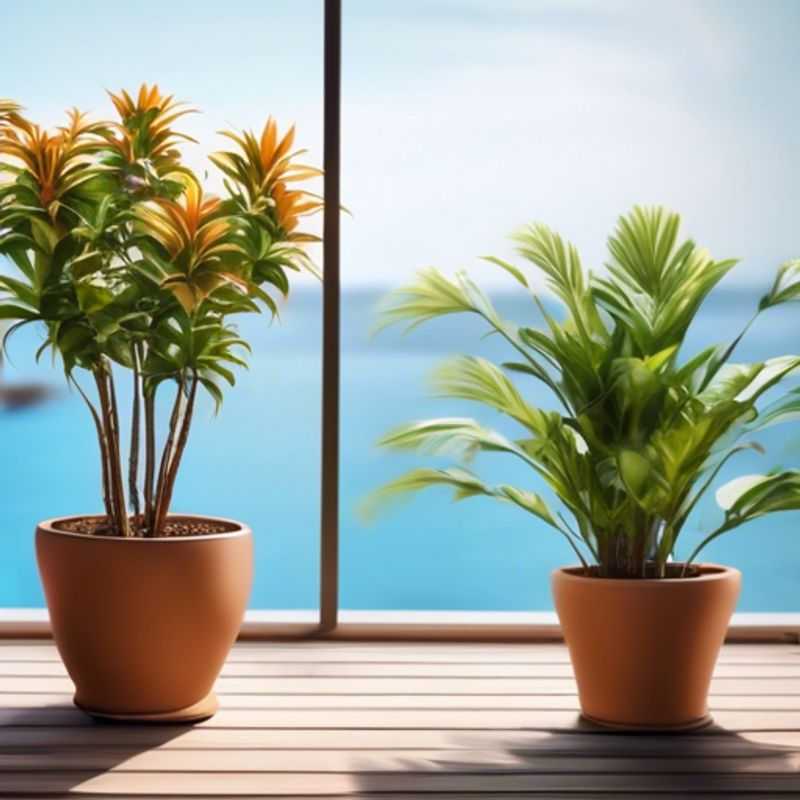
Pre-Purchase Plant Inspection: A Guide to Spotting Defects and Damage
Before buying a plant, a thorough inspection is crucial to ensure you're getting a healthy specimen. Look for signs of pests, diseases, and damage. Inspect leaves for discoloration, spots, holes, or wilting. Examine the stem for any soft spots, cracks, or broken branches. Look for any signs of pests like insects, mites, or webs. Check the roots for rot or damage, especially if the plant is in a pot. If you see any problems, consider asking for a replacement or negotiating a lower price. This careful inspection can save you headaches and disappointment in the long run. You will save money in the long run by buying a healthy plant.

Don't Forget the Maintenance: Keeping Your Workflow Products Running Smoothly
When planning for your workflow product, remember to consider the maintenance requirements, such as dusting or cleaning. These aspects might seem minor, but they can significantly impact your product's longevity and performance. Regular cleaning can help prevent dust accumulation, which can lead to overheating and malfunctions. Dusting and cleaning also ensure that your product remains aesthetically pleasing and contributes to a positive user experience. Remember that the frequency of cleaning will depend on the product's environment and usage. A dusty environment will require more frequent cleaning than a clean and controlled one. Factor in the cost of cleaning supplies and the time required for maintenance when evaluating the overall cost of your product.
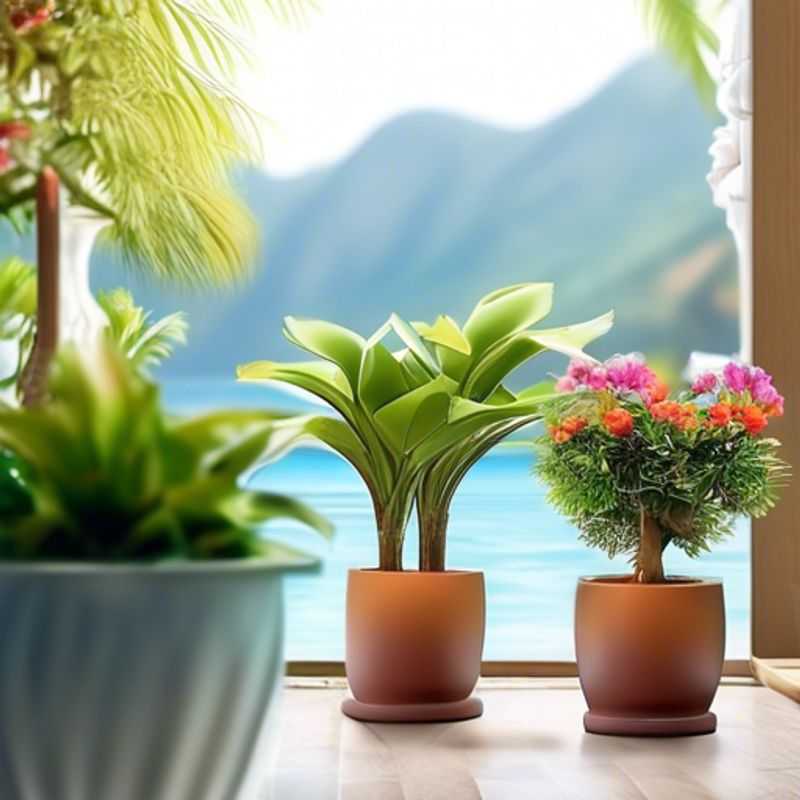
Unlocking Customization: Plants with Adjustable Stems & Branches
Want to add some personality to your indoor space? Look for plants with adjustable stems or branches! These adaptable plants allow you to shape them into unique forms, whether you prefer a cascading waterfall of greenery or a sculptural statement piece. Consider exploring options like the Ficus Lyrata, known for its large, fiddle-shaped leaves, or the Monstera Deliciosa, famous for its iconic split leaves. These plants thrive on being trained and can be easily manipulated using stakes, trellises, or even decorative wire structures. Remember, training a plant takes time and patience, so start with a small plant and adjust its growth gradually.
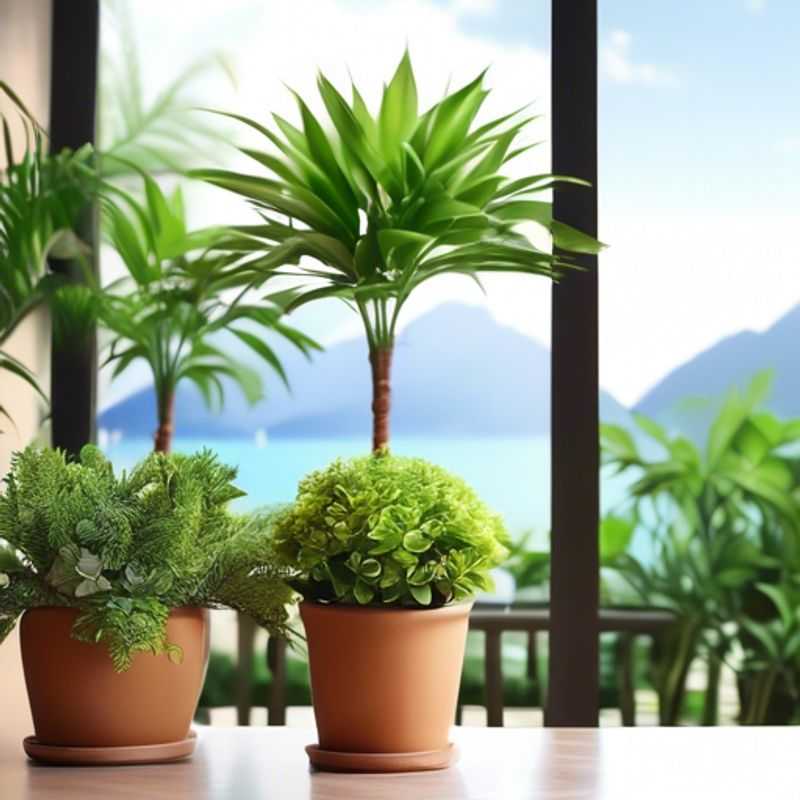
Choosing the Perfect Pot: Matching Style for Artificial Plants
Choosing the right pot or container for your artificial plant can significantly enhance its visual appeal and seamlessly integrate it into your decor. Consider the style of your artificial plant and select a container that complements it.
For instance, a modern artificial succulent might look great in a sleek ceramic pot with a minimalist design. Alternatively, a lush, tropical-themed artificial plant would thrive in a rustic wicker basket or a vibrant patterned terracotta pot. Think about the overall aesthetic you're aiming for and let that guide your container choice.
The material of the pot also plays a role. Ceramic, metal, plastic, and even wood offer distinct textures and finishes, allowing you to create different moods and complement your existing decor. If you're unsure, consider visiting a local home decor store or browsing online to get inspiration.
Remember, a well-chosen pot can transform your artificial plant into a statement piece. Don't be afraid to experiment and find the perfect match for your space and personal style.
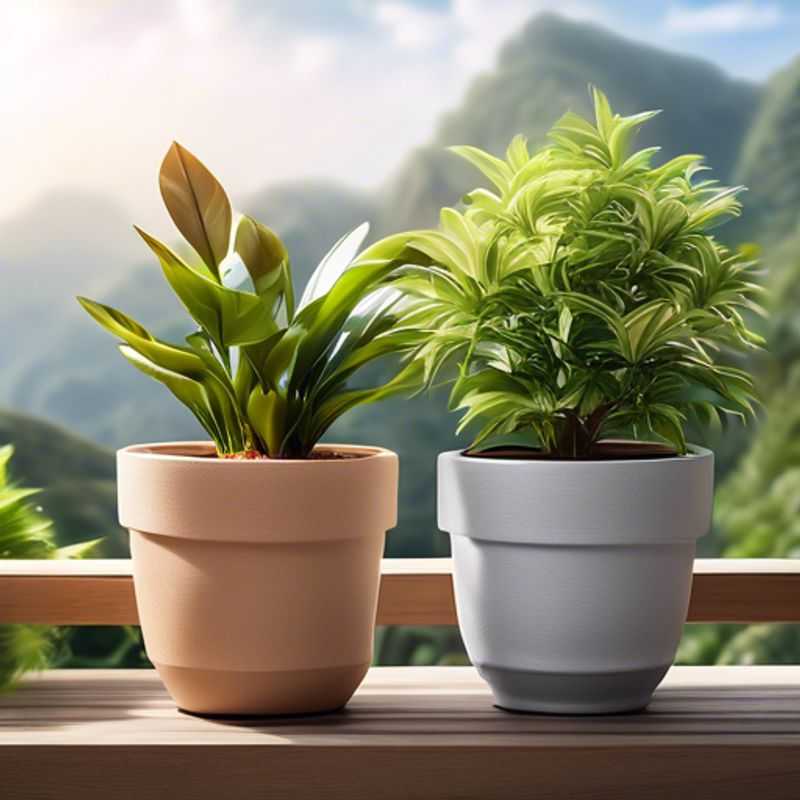
Plant Texture and Color: Creating Natural Beauty in Your Garden
Choosing plants with a variety of textures and colors can create a more natural and visually appealing landscape. Mixing different species not only enhances aesthetic value but also promotes biodiversity. For an effective design, consider plants that vary in leaf shape, size, and color. This diversity can lead to a more dynamic and engaging garden space.
When selecting plants, focus on native species that thrive in your local climate, as they often require less maintenance and are better adapted to local soil conditions. Incorporating flowering plants alongside foliage varieties can provide seasonal interest and attract pollinators, further enriching your garden's ecosystem.
For planning, consider potential costs associated with purchasing a variety of plants, soil amendments, and any necessary landscaping services. Hiring a landscape designer can range from $50 to $150 per hour, depending on their experience and your project's complexity. Additionally, factor in costs for tools and materials needed for planting and maintenance.
Ultimately, opting for a mix of textures and colors not only beautifies your space but also supports a healthier environment. Investing in diverse plant life is a step towards creating a sustainable and vibrant garden.
